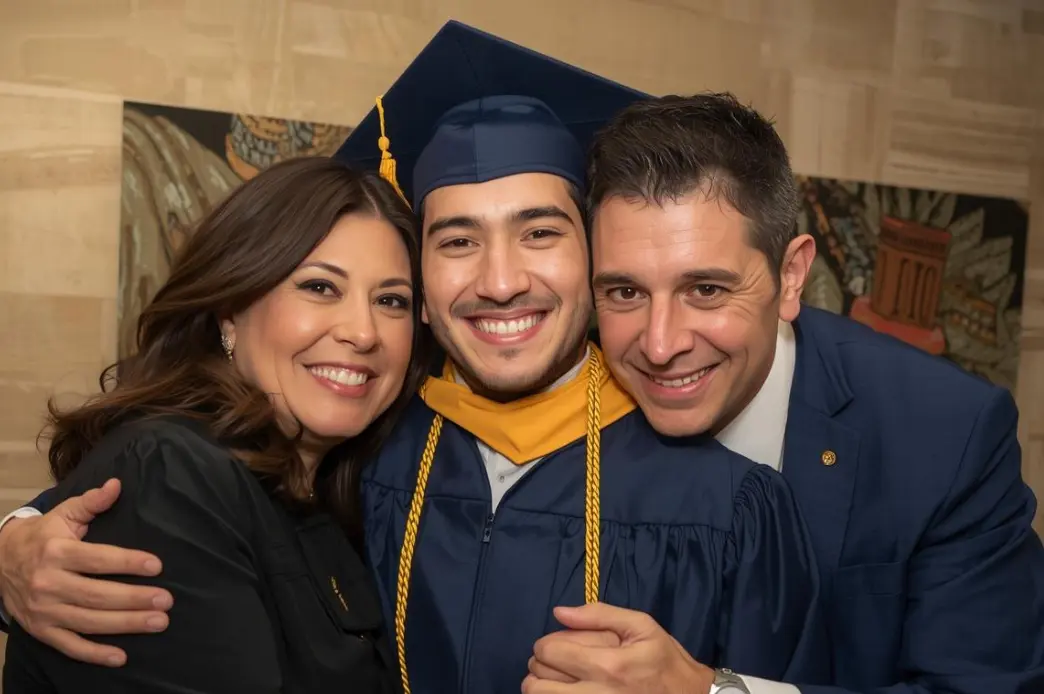Student loan: what it is, how it works, and why it could be your solution
If you’re considering investing in your education or your child’s, student loans can be a practical option to support university expenses. Let’s explore what they are, how they work, and why they’re becoming increasingly popular in Italy.
TABLE OF CONTENTS
- What Is a Student Loan?
- Why Is It Called a Student Loan?
- No Collateral Required: What Does It Mean?
- What Do You Need to Apply?
- When Does Repayment Start?
- Why a Student Loan Is an Opportunity

What Is a Student Loan?
A student loan is a type of financing designed exclusively for students. Its main feature? The student applies for it directly, without the need to involve parents as guarantors. This loan aims to make education accessible to anyone willing to invest in their future.
Why is it called a “Student Loan”?
The term “student loan” comes from the fact that this type of financing is specifically designed for university students or those attending other educational institutions. To qualify, students must:
- Be of legal age 🔞
- Reside in Italy 🇮🇹
- Provide proof of student status 🎓
Some banks may also require that the high school diploma was obtained in Italy, but criteria vary depending on the lender.
No collateral required: what does it mean?
One of the most attractive features of student loans is the absence of collateral requirements. This means you don’t need to present a payslip or involve your parents as guarantors.
Banks are increasingly supporting those who want to invest in their education. Since 2017, Habacus has been assisting students in overcoming informational barriers to access sustainable financing.
What do you need to apply?
To secure a student loan, you’ll need to:
- Demonstrate your commitment to studying. While top grades aren’t mandatory, you must show consistency in your academic journey📚
- Check with the bank for specific requirements, which can vary (for instance, some banks access a government-backed guarantee fund)🏛️
👉🏼 Want to learn more about the Study Fund? Read more here
When does repayment start?
A major advantage of student loans is flexible repayment. Generally, you don’t have to start paying immediately. Banks often offer an additional grace period (e.g., 24-30 months after the last disbursement) to allow you time to find employment before repayment begins.
This structure makes student loans a sustainable solution for those who want to focus on education first and work later.
In some cases, a pre-amortization phase is provided. This means that after graduation, before starting the full repayment phase, students have a mandatory 30-month period where they only pay interest. This period starts from the date of the last loan disbursement.
👉🏼 Discover more about how student loans are disbursed here.

Why a student loan is an opportunity
Education is the first step towards building a better future. Investing in university studies, a master’s degree, or a specialized course can open important doors in the job market.
While the idea of taking out a loan can be intimidating, it’s helpful to view it as an investment: the money you receive today will help you build the skills you need tomorrow.
If you’re a student or a parent considering this option, think of a student loan as a tool to make education accessible without placing a heavy burden on family finances. Research the banks offering this service, compare terms, and choose the option that best fits your needs.
Do you have doubts or questions? Start here—take our quiz and get in touch with our support team via chat 😉
Take the testNews in evidence

Fondo per lo Studio: how it works and how to apply for a loan
4 February 2025

Student loan: for which universities and educational programs is it available?
4 September 2025

Student loan: what it is, how it works, and why it could be your solution
4 September 2025

Habacus, credit broker: a new player in Italy’s student loan market
3 September 2025

Fondo per lo Studio: current rules and new updates
26 August 2025

How to pay for university with the “Fondo per lo Studio”
25 August 2025

How to pay for university for your son or daughter: a practical guide for parents
26 June 2025

Lezioni del Corriere & Habacus: a shared vision
18 June 2025

IRS + Spread: a simple guide to student loans
13 May 2025

Habacus Supports The Tide at the 2025 Venice Architecture Biennale: an installation merging art, artificial intelligence, and the voices of new generations
9 May 2025

Habacus at “Credito e Finanza 2025”: advancing student loans and the digital transformation
2 April 2025

Habacus joins the Carta Giovani Nazionale: new digital opportunities for under-35s
3 March 2025

How to write an effective CV to find a job abroad
25 February 2025
